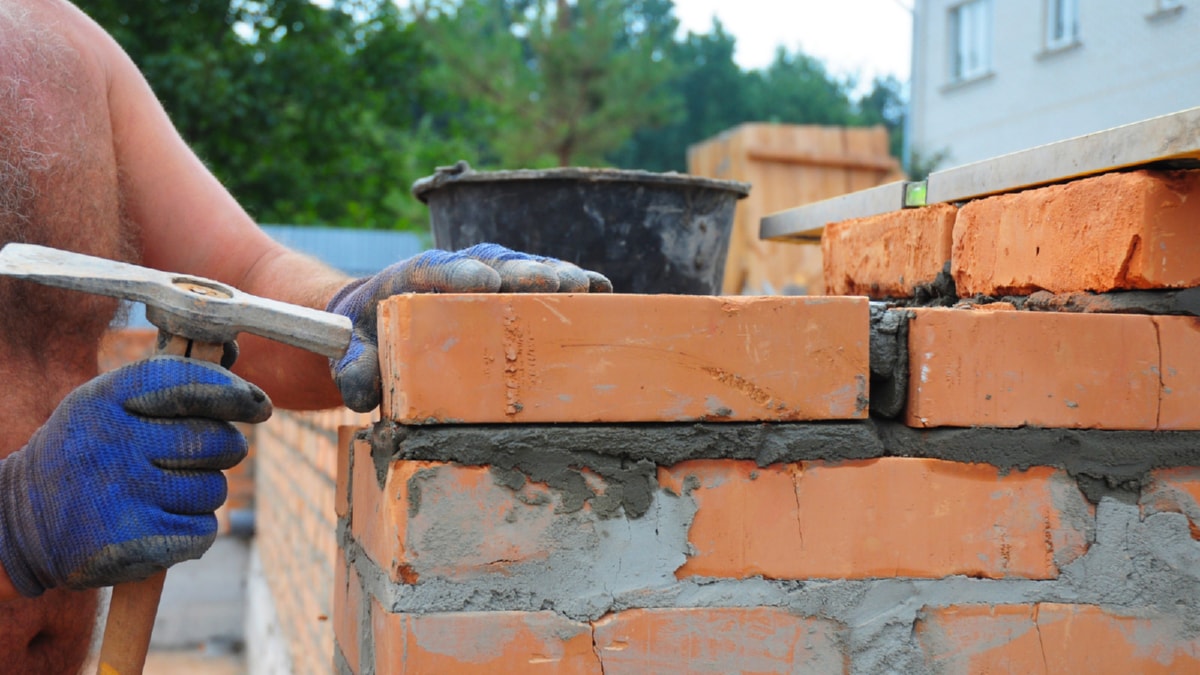Creating a personal living space is a complex process that requires meticulous planning, a deep understanding of construction principles, and a team of skilled professionals. This article outlines the crucial elements involved in building a new home, providing a comprehensive guide to help you understand the basics of house construction.
The first step in any construction project is ground breaking and foundation work. This involves clearing the site of debris, leveling the ground, digging trenches or basements, and setting up the foundation. The foundation can be made of poured concrete, concrete block, or a pressure-treated lumber frame for a crawl space or a slab. The type of foundation used will depend on the climate and soil conditions of the area.
Once the foundation is set, the building’s skeleton begins. This step involves constructing the floors, walls, and roof structure. Depending on the design of the house, the frame could be made from wood, steel, or concrete. The framing stage is crucial as it determines the overall shape and size of the house and provides the structure on which the remaining work will be carried out.
After the framing is complete, the building is enclosed with exterior sheathing, followed by roof installation. The type of sheathing and roofing materials used can vary based on the design of the house, local building codes, and personal preference. The most common roofing materials include asphalt shingles, slate, clay or concrete tiles, metal, or rubber.
The next step in the construction process is running the plumbing, electrical, and HVAC. This involves the installation of sewer lines and vents, water supply lines, bathtubs and showers, ductwork for heating and ventilation, electrical wiring, outlets, and switches. This is a complex phase that should only be handled by licensed and experienced professionals to ensure safety and compliance with local building regulations.
Once the utilities long-lasting are installed, insulation is added to the exterior walls, attic, and between floors. Insulation is an essential component of any modern home, contributing to energy efficiency and comfort. The most commonly used insulation materials are fiberglass, cellulose, and foam.
Next, comes the drywall phase. Drywall is hung throughout the house, taped, and smoothed over with joint compound. After the drywall is complete, it’s time for the interior fixtures and finishes. This includes installing doors, windows, cabinets, countertops, and flooring.
The final step of the construction process is the exterior finishes. This may involve painting, installing siding, laying a driveway and walkways, and landscaping.
Creating a personal living space is a complex, multi-step process that requires careful planning and coordination. However, with a clear understanding of the steps involved, it can be a rewarding experience that results in a home tailored to your personal preferences and needs.
.
For more details, check best interlocking services Toronto or visit their business listing here.



